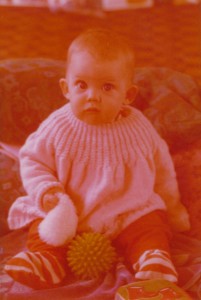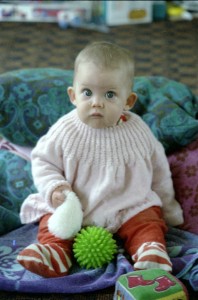Having spent 2011 scanning slides, negatives, and photographs, last month I discovered I hadn’t completed scanning all my slides after we returned to E2E in New Year 2012! I still had about 1100 Fujifilm transparencies from our 1986 India trip and other miscellaneous boxes of slides making a total of about 1500 still needing to be scanned.
I started scanning again using my Epson V700 Pro flat-bed scanner. With a twelve-slide carrier, it was taking about 45 minutes to complete so I could just leave the scanner to run. One day having already scanned 108 slides I left the scanner processing the next batch and went shopping. When I returned after about 90 minutes I discovered the scanner was making juddering noises and the carriage had stuck. It would not reset using the scanner program and, after finally turning it off to stop it, the scanner failed to reset/restart.
I searched online for possible causes or fault-tracing and contacted local PC repair services without any obvious solutions. The V700 had cost about 400€ in 2011 and second-hand machines are still about that price. There were several broken V700 for sale for spares at 100€ and a “new” motherboard would be about 250€. The current equivalent is the Epson Perfection V850 Pro which costs about 1100€! So I wondered whether there were other options?
I have a Canoscan 8400F in Letchworth. I needed a document scanner in the summer 2023 and the Canonscan appeared on Freecycle! It was in the original packaging and had various film holders which I did not examine as they weren’t of interest at the time. According to the specifications, the 8400F 35mm slide carrier holds four 35mm mounts and probably scans them at a similar speed to the Epson.
Given the resolution of digital cameras has improved significantly in the last 20+years, using a DSLR with a macro lens to photograph slides has now become a common alternative. I already had a Olympus M.Zuiko Digital ED 60 mm f/2.8 Macro for my camera so I did some quick tests, just with the camera on a tripod.
Those results were good so I bought a JJC film digitiser set for less than 100€ to allow me to continue using my camera with more suitable equipment. The kit has metal spacing adapters for various DSLR brands and macro lenses, a slide/film strip adapter/carrier and a diffused LED light source. I added a rail, for additional rigidity, and the foam damping.
I used the kit to copy the remaining slides using the Olympus high resolution mode and the results (a 67MB ORF + 21MB JPG) are better than those I’d was getting from the scanner (I’ve now yet to decide whether to redigitise some of my older slides!) I developed a routine (checking for dust, putting in slide carrier, taking the photo after a 4 second timer delay to eliminate any slide carrier shaking movement) which allowed me to average 25 mins for a tray of 50 slides – so much quicker than the 4+min per slide scanning time using the Epson, although requiring constant attention.
The only significant differences I’ve found compared to the scanner is the JJC slide carrier does not hold the “fatter” old Agfa, etc. plastic slide holders (which were one of the reasons the prongs on the Epson slide carrier broke (see fifth update), the slides did not “pop” due to the heat from the scanner as the LED light is cool, and there is no software to do automatic scratch correction (the scanner software uses an IR light). All the slides I had were in thinner paper mounts and all had been kept in slide projector trays in boxes so were in very good condition without any scratches. I didn’t need to do any colour corrections for the Fujifilm slides except to adjust for a LED 6500K light source.
As an aside, I have also discovered some 127 film negatives from a junior school trip in 1957(?). I don’t have any prints of those. I will need to make a card carrier to digitise those and make adjustments to the camera to film distance. I assume that was the only film I used in that Agilux Agiflash camera? I only really remember using the Gratispool “free film” service, which had paper negatives, but I think they must all have been discarded?



